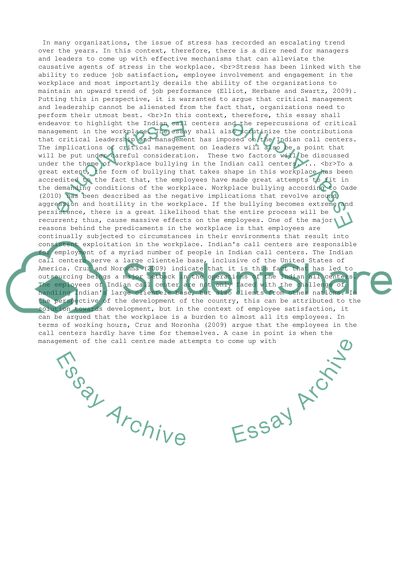Cite this document
(“Critical Perspective on Management and Leadership (Indians call Essay”, n.d.)
Retrieved from https://studentshare.org/management/1394820-critical-perspective-on-management-and-leadership-indians-call-centers
Retrieved from https://studentshare.org/management/1394820-critical-perspective-on-management-and-leadership-indians-call-centers
(Critical Perspective on Management and Leadership (Indians Call Essay)
https://studentshare.org/management/1394820-critical-perspective-on-management-and-leadership-indians-call-centers.
https://studentshare.org/management/1394820-critical-perspective-on-management-and-leadership-indians-call-centers.
“Critical Perspective on Management and Leadership (Indians Call Essay”, n.d. https://studentshare.org/management/1394820-critical-perspective-on-management-and-leadership-indians-call-centers.


